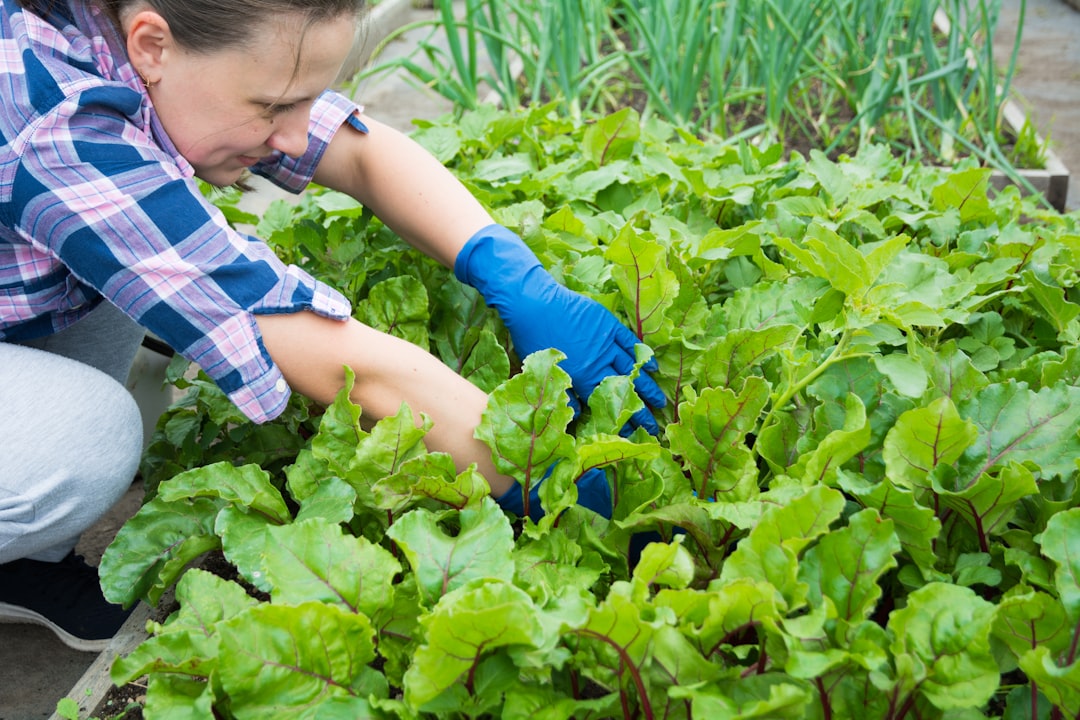Pruning is an essential gardening practice that helps maintain plant health, shape, and productivity. Whether you’re caring for flowering plants, shrubs, fruit trees, or vegetables, understanding basic pruning techniques can make your garden thrive. With the right tools and timing, pruning can transform your garden into a lush, beautiful, and productive space.
In this post, we’ll explore the basic pruning techniques every gardener should know, along with specific tips for different types of plants.
Why Pruning Is Important
Pruning is more than just trimming back unruly growth. Here’s why it’s essential:
- Promotes Health: Removing dead or diseased branches prevents pests and infections from spreading.
- Encourages Growth: Proper pruning stimulates new growth and improves air circulation.
- Enhances Shape: It keeps plants neat, tidy, and aesthetically pleasing.
- Increases Yield: For fruiting and flowering plants, pruning redirects energy to produce more blooms and fruit.
- Prevents Overcrowding: Thinning out dense growth ensures all parts of the plant receive adequate sunlight.
Basic Pruning Tools
Before diving into techniques, make sure you have the right tools:
- Pruning Shears: For small branches and stems.
- Loppers: For thicker branches (up to 2 inches in diameter).
- Pruning Saw: For large branches on trees and shrubs.
- Gloves: To protect your hands from thorns and sharp edges.
- Disinfectant: Clean tools before and after pruning to prevent disease spread.
Key Pruning Techniques
1. Deadheading
- What it is: Removing spent flowers to encourage new blooms.
- Best for: Roses, petunias, marigolds, and other flowering plants.
- How to do it: Use your fingers or pruning shears to snip off faded flowers just above a healthy leaf or bud.
2. Thinning
- What it is: Removing entire branches or stems to improve air circulation and reduce overcrowding.
- Best for: Shrubs, trees, and dense perennials.
- How to do it: Cut branches at their base or back to a main stem. Avoid removing more than one-third of the plant’s total growth.
3. Heading Back
- What it is: Trimming back branch tips to promote bushier growth.
- Best for: Shrubs, hedges, and young trees.
- How to do it: Cut just above a leaf node or bud facing the direction you want the new growth to go.
4. Pinching
- What it is: Removing the tips of stems with your fingers to encourage branching.
- Best for: Herbs (basil, mint), vegetables (tomatoes), and soft-stemmed plants.
- How to do it: Pinch off the growing tip between your thumb and forefinger.
5. Renewal Pruning
- What it is: Cutting back old, woody growth to rejuvenate the plant.
- Best for: Overgrown shrubs, roses, and perennials.
- How to do it: Remove one-third of the oldest stems annually, cutting them down to the base.
6. Crown Cleaning
- What it is: Removing dead, diseased, or weak branches from the canopy of a tree or shrub.
- Best for: Trees and large shrubs.
- How to do it: Use pruning shears or a saw to cut branches back to the trunk or main stem.
7. Espalier Pruning
- What it is: Shaping plants to grow flat against a wall or trellis.
- Best for: Fruit trees (apples, pears), vines, and decorative shrubs.
- How to do it: Train young branches into the desired shape, removing any that don’t fit the pattern.
Pruning Tips for Different Plant Types
1. Flowering Plants
- Timing: Prune spring-blooming plants (like lilacs) after they flower. Prune summer and fall bloomers in late winter or early spring.
- Technique: Focus on deadheading, thinning, and shaping.
2. Shrubs and Hedges
- Timing: Prune evergreen shrubs in late winter or early spring before new growth begins.
- Technique: Use thinning and heading back to maintain shape and size.
3. Fruit Trees
- Timing: Late winter or early spring before buds break.
- Technique: Remove dead or diseased branches and thin out the canopy to improve sunlight penetration. Focus on shaping the tree for better fruit production.
4. Vegetables
- Timing: Prune throughout the growing season.
- Technique: Pinch off suckers on tomatoes and trim back excessive foliage to improve airflow. For vining plants like cucumbers, remove non-fruiting side shoots.
5. Roses
- Timing: Prune in late winter or early spring before new growth.
- Technique: Remove dead, damaged, or crossing canes. Cut back healthy canes to just above an outward-facing bud.
6. Perennials
- Timing: Prune after flowering or in early spring for plants that die back in winter.
- Technique: Deadhead regularly and cut back spent stems to encourage new growth.
When to Prune
Timing is crucial for effective pruning:
- Winter (Dormant Season): Best for trees and shrubs. Encourages strong spring growth.
- Spring: Ideal for flowering shrubs and perennials.
- Summer: Light pruning to shape plants and remove faded blooms.
- Fall: Avoid heavy pruning as it may stimulate growth that won’t survive winter.
Common Pruning Mistakes to Avoid
- Over-pruning: Removing too much growth can stress the plant. Never prune more than one-third of a plant at a time.
- Wrong timing: Pruning at the wrong time can result in fewer blooms or fruit.
- Dull tools: Always use sharp tools to make clean cuts that heal quickly.
- Improper cuts: Avoid cutting too close to the bud or leaving long stubs, as these can invite disease.
Conclusion: Pruning for a Healthy, Beautiful Garden
Pruning is an art and science that every gardener can master with practice. By understanding the basics and tailoring your techniques to each plant, you’ll create a thriving garden full of healthy, productive plants.
Take a walk through your garden today, identify plants that need attention, and start pruning with confidence!
What are your go-to pruning techniques? Share your experiences and tips in the comments below!

Comments
No comments yet. Be the first to comment!
You must be logged in to comment. Login